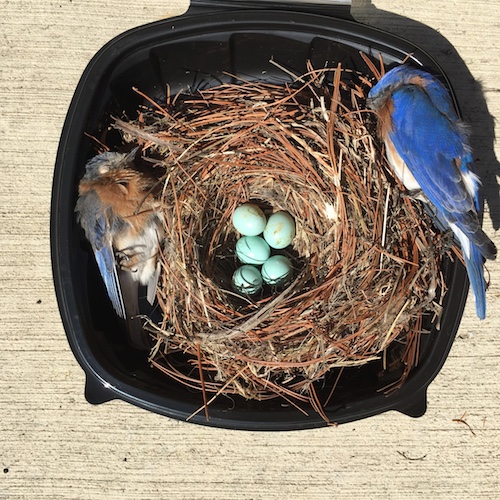-
A Whole New Bevy of Rustic Wood Birdhouses
Ready for upload to the site and occupancy by some feathered friends… Charlie’s done good with these new (old) rustic wood birdhouses!
You won’t find them on store shelves, nor online because they’re locally made and signed by the artist (who actually enjoys his own backyard birds too). You may however find them around Atlanta as he’s been creating these unusual bird homes for the past 16 years.
No plywood on these church birdhouses, the wood is truly salvage from barns and other structures around GA and NC. Clean-outs are located either on back or with removable floor.
1.5-inch entry makes them ideal for bluebirds, Carolina wrens, chickadees, titmice and possibly a downy… these houses offer ideal digs to raise young. Lots of ventilation and proper drainage keep nests dry & cozy for chicks. Bluebirds may take to a 3rd brood this season in them, and others will find them an awesome roost for cold nights this coming winter.
Ringing bells and re-purposed hardware, along with old world jewel tones make each bird house unique for the collector (and avid backyard birder too). Very bird-friendly, they’ll host many successful broods and fledges over the years!
But it’s first come-first served as limited quantities exist. Expected for sale later this week, keep an eye out for these very functional, very unique rustic wood birdhouses!
-
Little or No Traffic at Hummingbird Feeders?
Don’t fret… it could very well pick up soon!
The most likely reason for a decline in winged traffic could be that birds are nesting. They seem to visit hummingbird feeders a little less often. Once eggs hatch, mama is buy looking for insects to feed her chicks. It would be fairly tough for her to bring back nectar for them!
Another reason could be nuisance birds. Blue jays, grackles, starlings are considered by many folks (and other birds) to be a plan old pain in the a$$. They’re lumped into a category termed “bully birds”. Jays have been known to kill both baby and adult hummingbirds, so if you have these boisterous birds in your yard- the sprites may not visit feeders as often.
Freshness counts! In steamy summer weather when temps soar into the 90’s, nectar should really be changed every two days at minimum. Sugar ferments in heat and it’s not good for the birds. Over on Facebook, there’s a group called Hummingbirds Anonymous. Pinned to the top of their wall is a simple reference guide on how often nectar should be changed coinciding with temperatures. No red dye, please! With plain pure cane sugar and water, why would you not make your own? Ratio is always 1:4, that’s 1 cup of sugar to 4 cups of water… thanks!
Ants suck! Simply put, hummingbirds will not even consume nectar with just one ant in the liquid. If the feeder remains untouched long enough, the sprites won’t even bother to check it out. They cross it off the list as defective 🙁 Use an ant moat! Keep it filled with water and it’s a 100% effective solution for this pesky problem.
A new ant moat that’s designed differently requires filling only once in a very long while. The Detourant is a no-hassle, easy fix for ants and for all hanging hummingbird feeder styles.
It’s not too late to fix what ails your feeders, fall migration is still a couple of months away, so act now to get more tiny sprites to your place!
And if you’re in the AZ area or really fanatical about hummingbirds… don’t miss the biggest and best hummingbird festival that’s coming soon!
Sedona Hummingbird Festival
July 31 – August 2
For more info 928.284.2251 or www.SedonaHummingbirdFestival.com
-
Bluebird Houses, Meal Worms and Pesticides
By the sound of the title alone, you gotta figure it can’t be good, but if the information educates just one person or raises awareness, then it’s well worth the time to write.
Simply put: pesticides kill. Not only do they kill the targeted species, but affected prey also becomes poison (and fatal) for predator as well.
In a bluebird house along one monitor’s trail in a cemetery (yes, they’re great spots to host blues with open spaces and relatively limited activity) sat five eggs never to be incubated. Mom and dad who were healthy thriving parents were both found dead in the box, yet totally intact. This pair was actually banded and well known by local bluebird enthusiasts.
How does this connect to bluebird houses and meal worms? Pesticides… in the form of worm-shaped pellets! Mole baits resemble mealworms and when used properly should be placed below ground in the mole runs. Due to the inadvertent misuse of this poison by a cemetery employee, a slow and painful death came for both parents.
The incident occurred a few months ago. After the bait was carelessly disbursed, a sudden cold snap had the bluebirds believing these were worms. Paralyzed without a mark on them, both perished one day apart due to paralysis from the poison. Both had gone back to the bluebird house with eggs for their final breaths.
A bit dramatic? Maybe so, But step back and look at the big picture because in nature (and life) everything is connected. We’re killing ourselves, killing pollinators and killing Mother Earth. (this post was scheduled for Earth Day).
Stop using pesticides and chemicals. Manicured lawns and gardens are passe, natural and rustic are in style! If you’re trying to attract hummingbirds, butterflies or bees for instance, do not treat or spray flowers from which they draw nectar. Please be aware and mindful to help nature thrive in your patch of green… it’s for your own good!
Thanks Paula Z. of Ohio (dedicated bluebird monitor) for letting others know about this occurrence and use of the images.
“Sad occurrence in lone box in Powell Cemetery. Both male and female EABL were killed by Talpirid mole bait. We had extended cold snap and snow and desperate to find food, almost certainly found some “worms”. Male found dead in nestbox on 4-13 by me. He was in good physical shape without a mark on him. Female was in tree making some noise when I got there (maybe in pain, who knows?). I removed him and left her 5 eggs there. Following day, my friend checked box and found her dead in there too. I contacted city to find they had put down mole bait worms – almost certainly they found them, ate them or fed them to each other… Sad. I removed box for several days because a new pair was there checking out box same day we removed dead female – hope worms are out of the ecosystem by now. City won’t use poison worms again; will trap if they need to kill moles.
The dead male was banded in the nest on 7-1-13 in park that is maybe quarter mile from cemetery. This male was progeny of “Kamakazi Kent”, very aggressive male that hits me in the head at Village Green Park – no evidence of him nesting this year yet there, but he may no longer be with us as I know he nested there for past six years.”
Hummingbird Feeders
about feeders & accessories

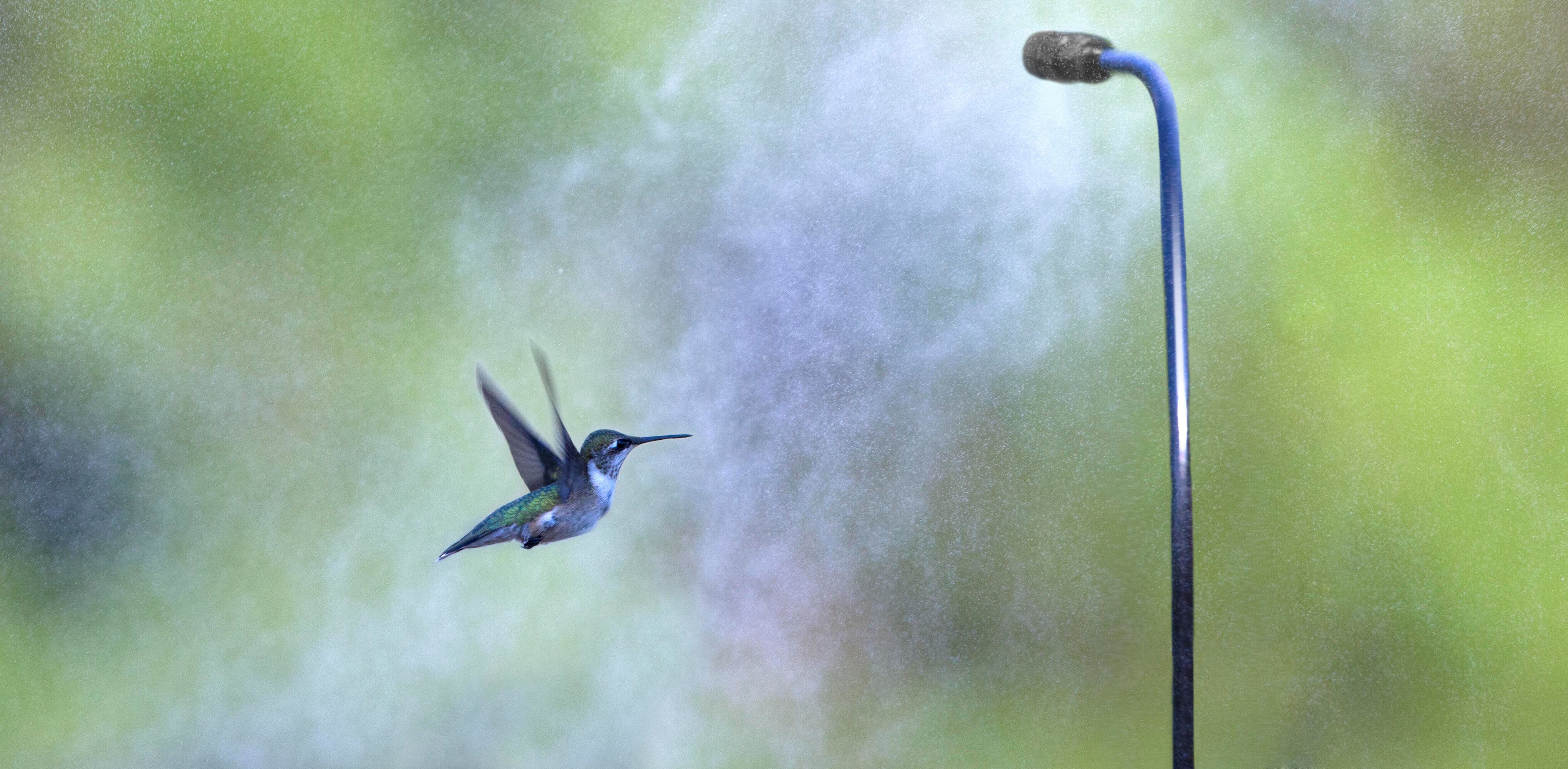
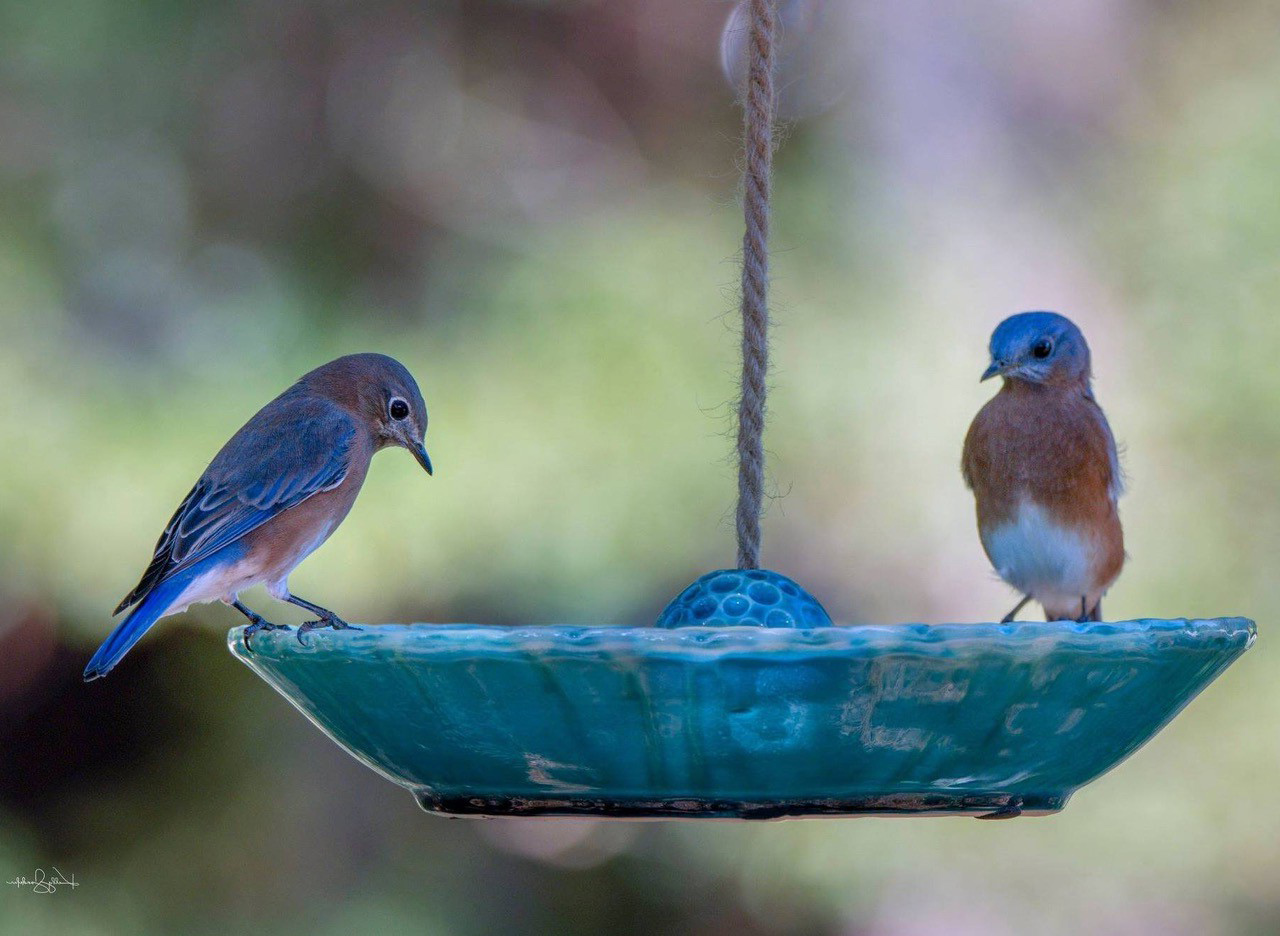
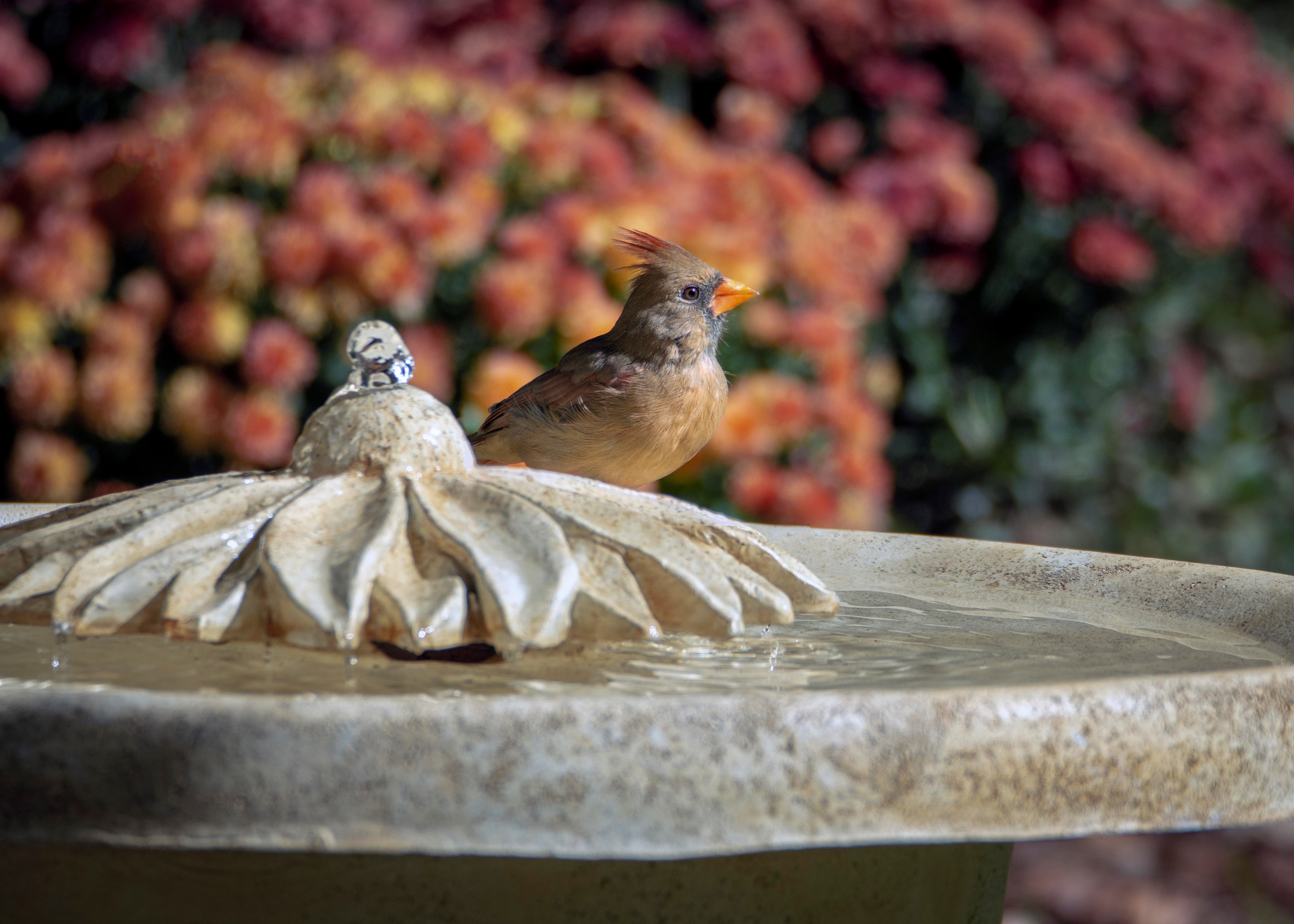
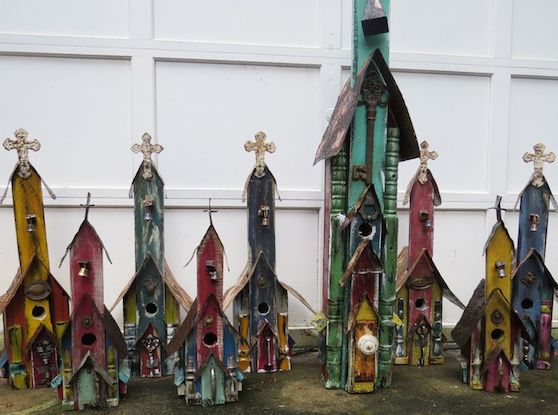

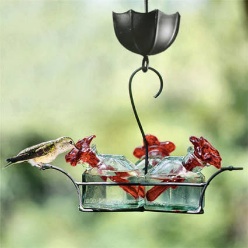
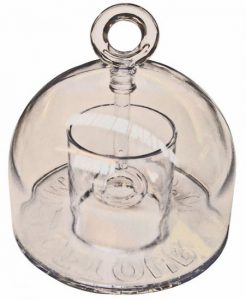
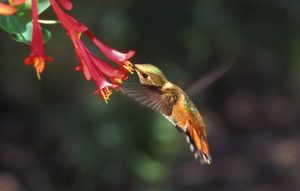
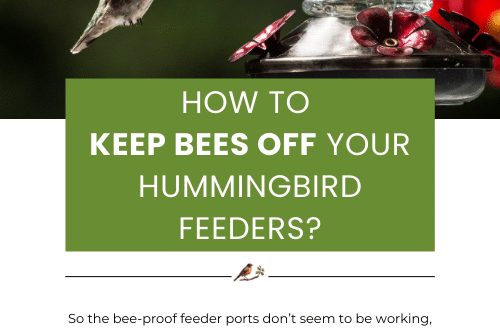
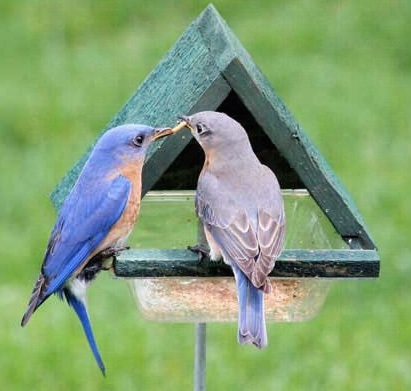 By the sound of the title alone, you gotta figure it can’t be good, but if the information educates just one person or raises awareness, then it’s well worth the time to write.
By the sound of the title alone, you gotta figure it can’t be good, but if the information educates just one person or raises awareness, then it’s well worth the time to write.